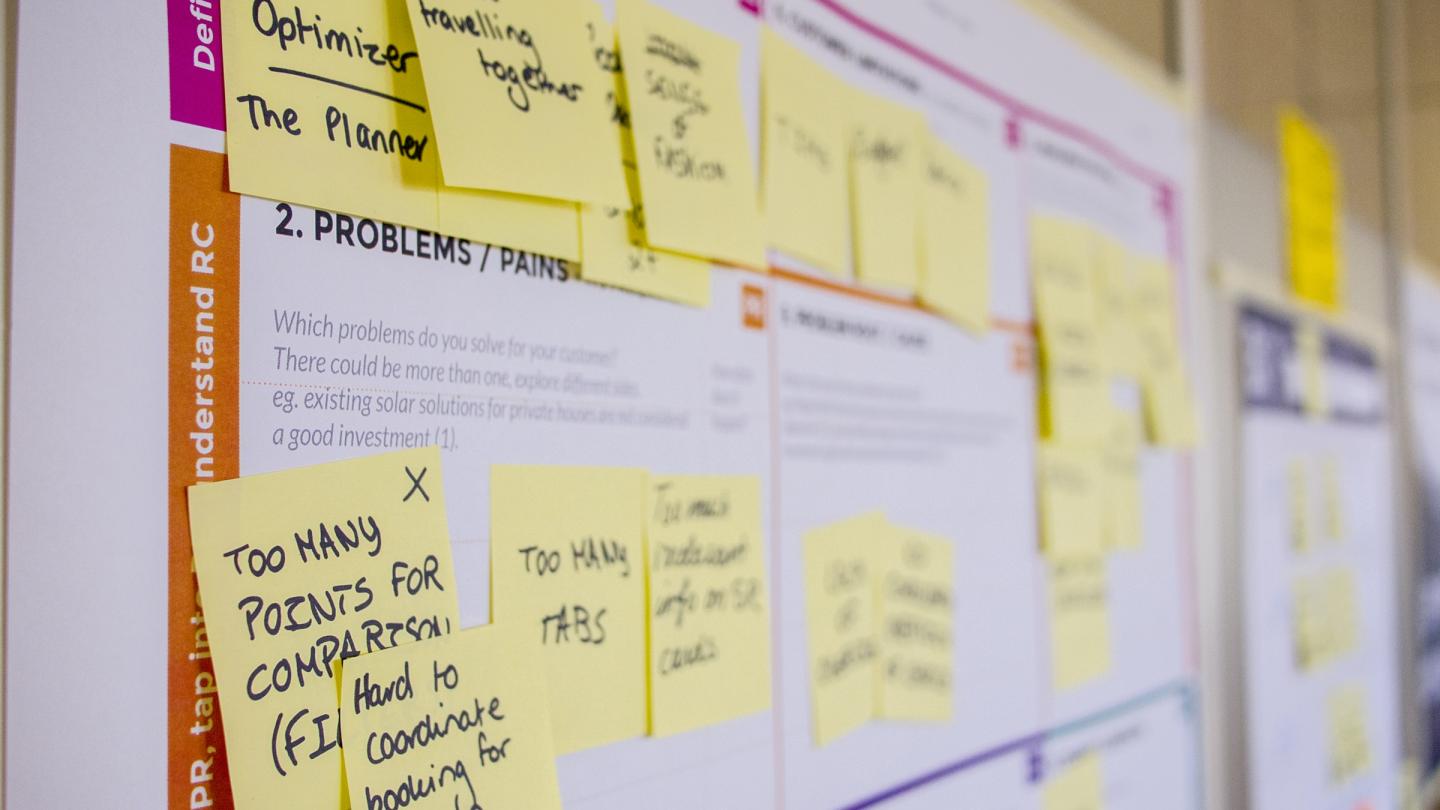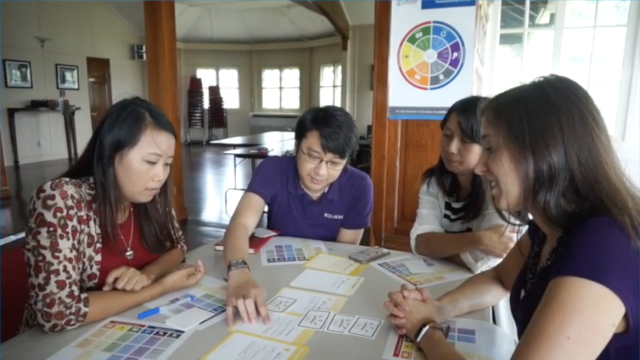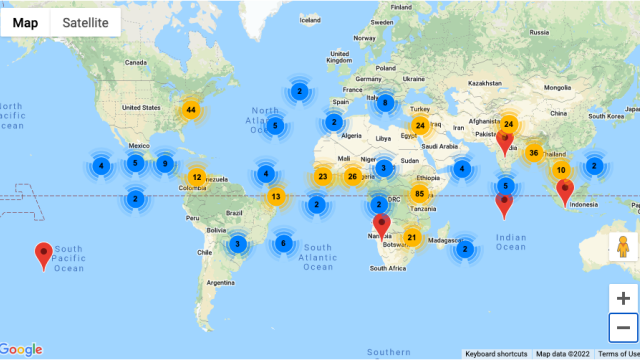
Collaborating, Learning and Adapting (CLA)
Strategic collaboration, continuous learning, and adaptive management connect all parts of the Program Cycle.
CLA Approaches Improve Development Programming
Evidence indicates that collaborating, learning and adapting (CLA) contributes to improved organizational and development outcomes. Organizations that apply more adaptive leadership and data-driven practices perform better when compared with organizations that focus less on those practices. Working with staff and partners, USAID aims to make CLA more systematic and intentional throughout the Program Cycle and development programming.
What is CLA?
Collaborating, learning and adapting (CLA) is a set of practices that help USAID and partners improve development effectiveness. The systematic application of CLA approaches enables USAID - and partners! - to be an effective learning organization and thereby a more effective development organization.


